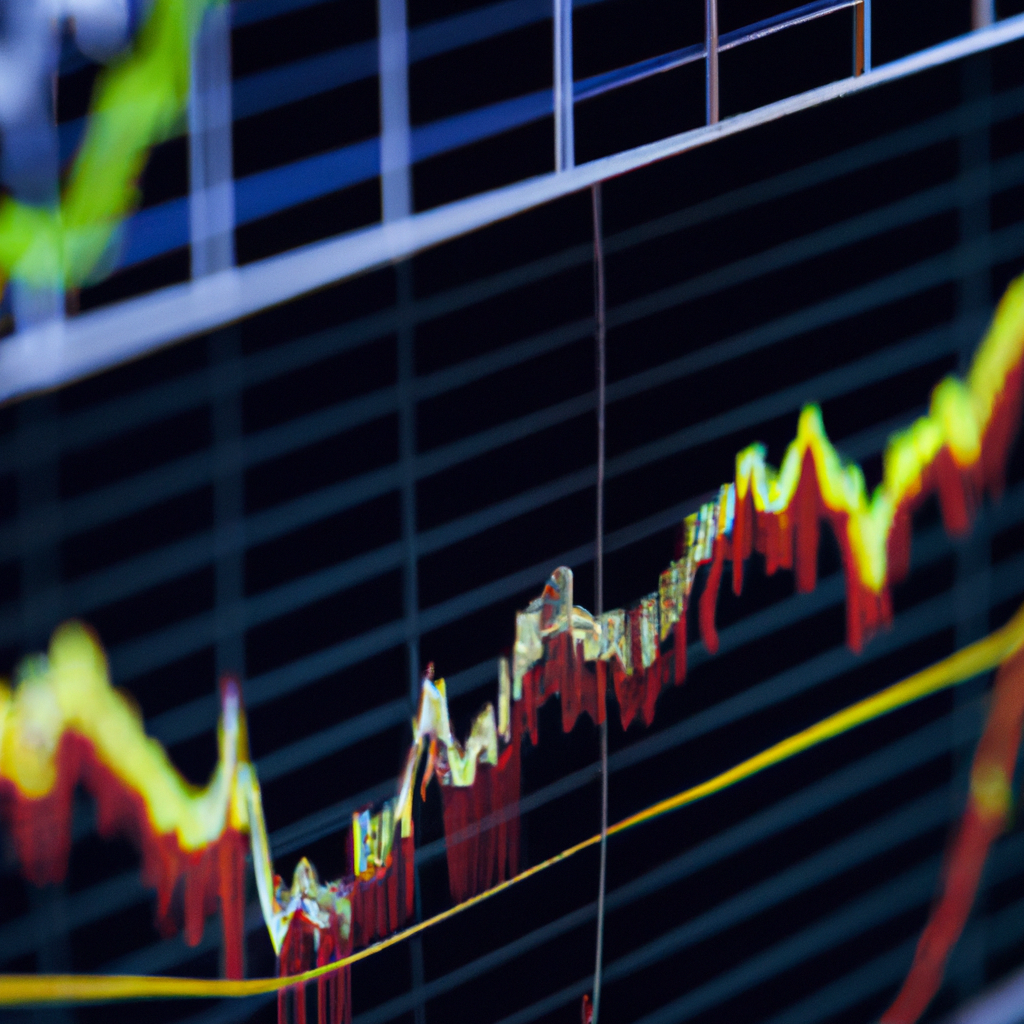Volume Spikes and Market Reversals: Understanding the Connection
Introduction
Volume spikes and market reversals are two key concepts in the world of financial markets. Both play a crucial role in understanding the dynamics of price movements and can provide valuable insights for traders and investors. This article aims to explore the connection between volume spikes and market reversals, highlighting their significance and how they can be used to make informed trading decisions.
What are Volume Spikes?
Volume spikes refer to sudden and significant increases in trading volume within a specific period. In financial markets, volume represents the number of shares or contracts traded during a given timeframe. When a volume spike occurs, it indicates a surge in market activity, often driven by increased buying or selling pressure.
Why Do Volume Spikes Occur?
Volume spikes can occur due to various factors, including significant news releases, earnings announcements, economic data releases, or unexpected events that impact market sentiment. These events can trigger a sudden influx of market participants looking to take advantage of new information or adjust their positions, leading to a surge in trading volume.
The Significance of Volume Spikes
Volume spikes are considered significant because they provide valuable information about market sentiment and potential trend reversals. When volume accompanies price movements, it suggests that a large number of market participants are actively participating in the market, increasing the likelihood of a sustainable price trend.
Volume spikes can also indicate the presence of institutional investors or big players in the market, as they often have the capacity to generate significant trading volumes. Monitoring volume spikes can help identify the actions of these influential market participants, providing insights into their trading strategies and potential market reversals.
Market Reversals and Volume Spikes
Market reversals refer to a change in the direction of a prevailing trend. They can occur due to a variety of reasons, such as changes in market fundamentals, economic factors, or shifts in investor sentiment. Volume spikes often accompany market reversals, acting as a confirmation signal for the change in trend.
During a market reversal, volume spikes can indicate a shift in the balance of power between buyers and sellers. For example, in an uptrend, a sudden increase in selling volume suggests that sellers are gaining control, potentially leading to a reversal in the upward price movement. Conversely, a surge in buying volume during a downtrend may indicate a shift in sentiment and the potential for a bullish reversal.
Using Volume Spikes to Make Informed Decisions
Traders and investors can utilize volume spikes to make more informed trading decisions. Here are some steps to consider:
- Monitor volume spikes: Keep an eye on the volume levels and look for significant increases compared to the average trading volume.
- Confirm with price action: Analyze the corresponding price movements to validate the significance of the volume spike. A strong price reversal in conjunction with a volume spike strengthens the potential for a market reversal.
- Consider other technical indicators: Combine volume analysis with other technical indicators such as trend lines, moving averages, or oscillators to gain a more comprehensive understanding of the market dynamics.
- Manage risk: Implement proper risk management strategies, such as setting stop-loss orders or using appropriate position sizing, to protect against potential market reversals that may not materialize.
Conclusion
Volume spikes and market reversals are intertwined concepts that provide valuable insights into market dynamics. Monitoring volume spikes can help traders and investors identify potential trend reversals and make informed trading decisions. By combining volume analysis with other technical indicators and implementing proper risk management strategies, market participants can enhance their trading strategies and increase their chances of success in the ever-changing financial markets.

